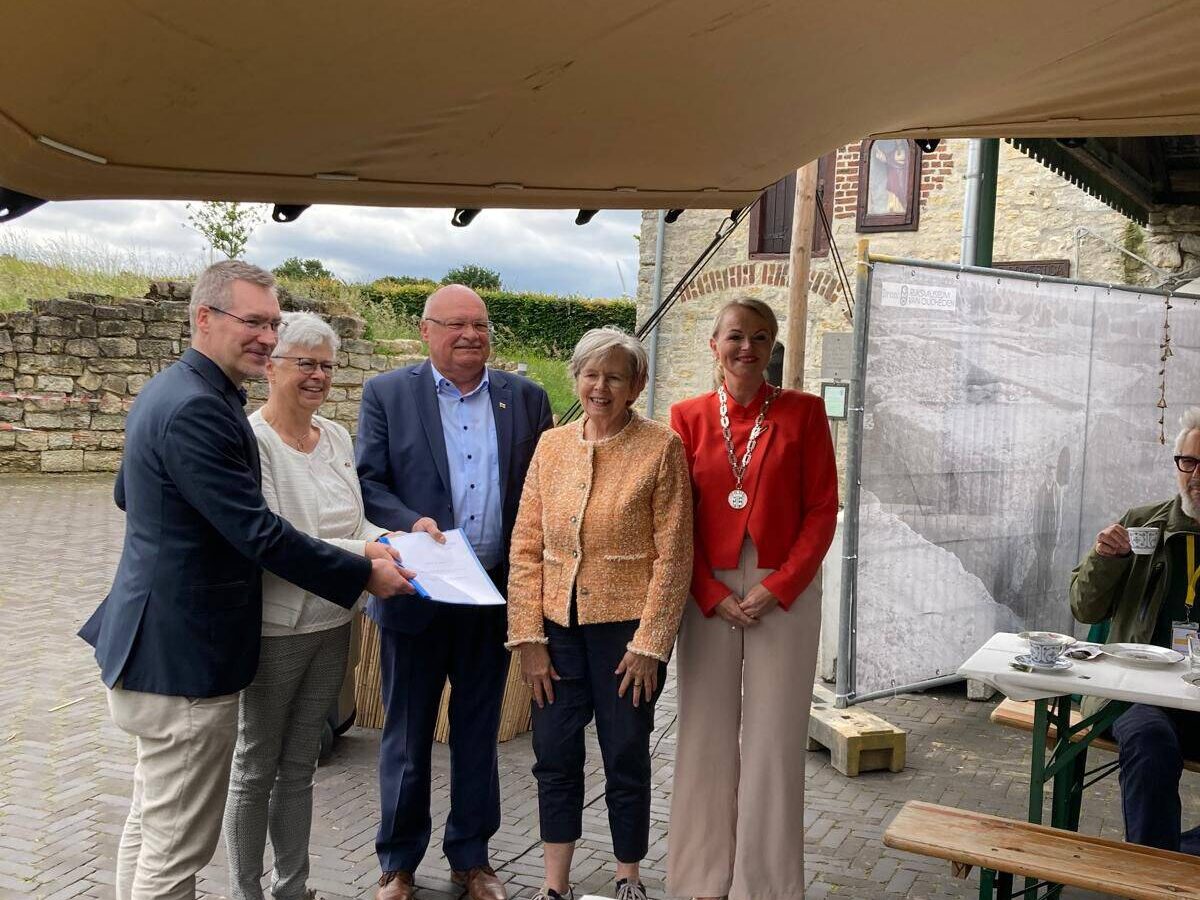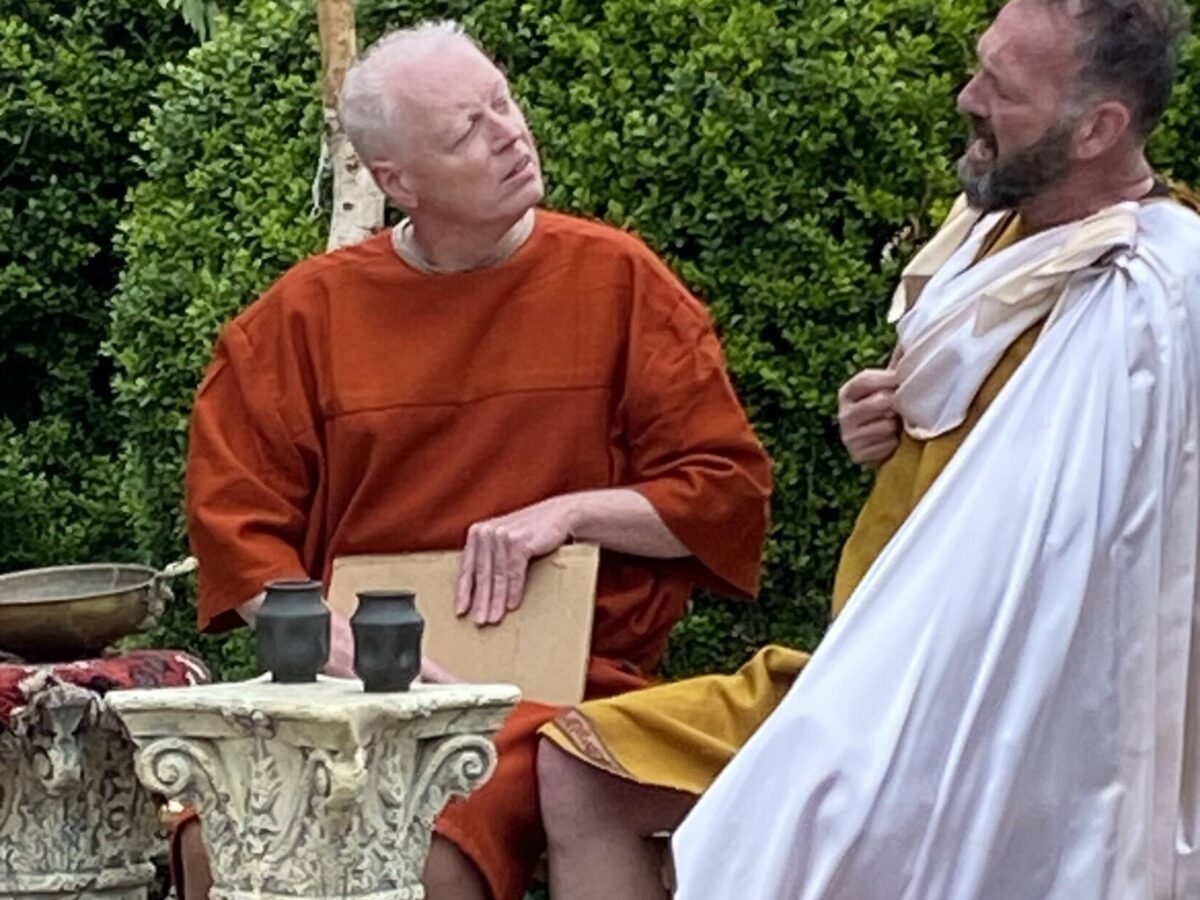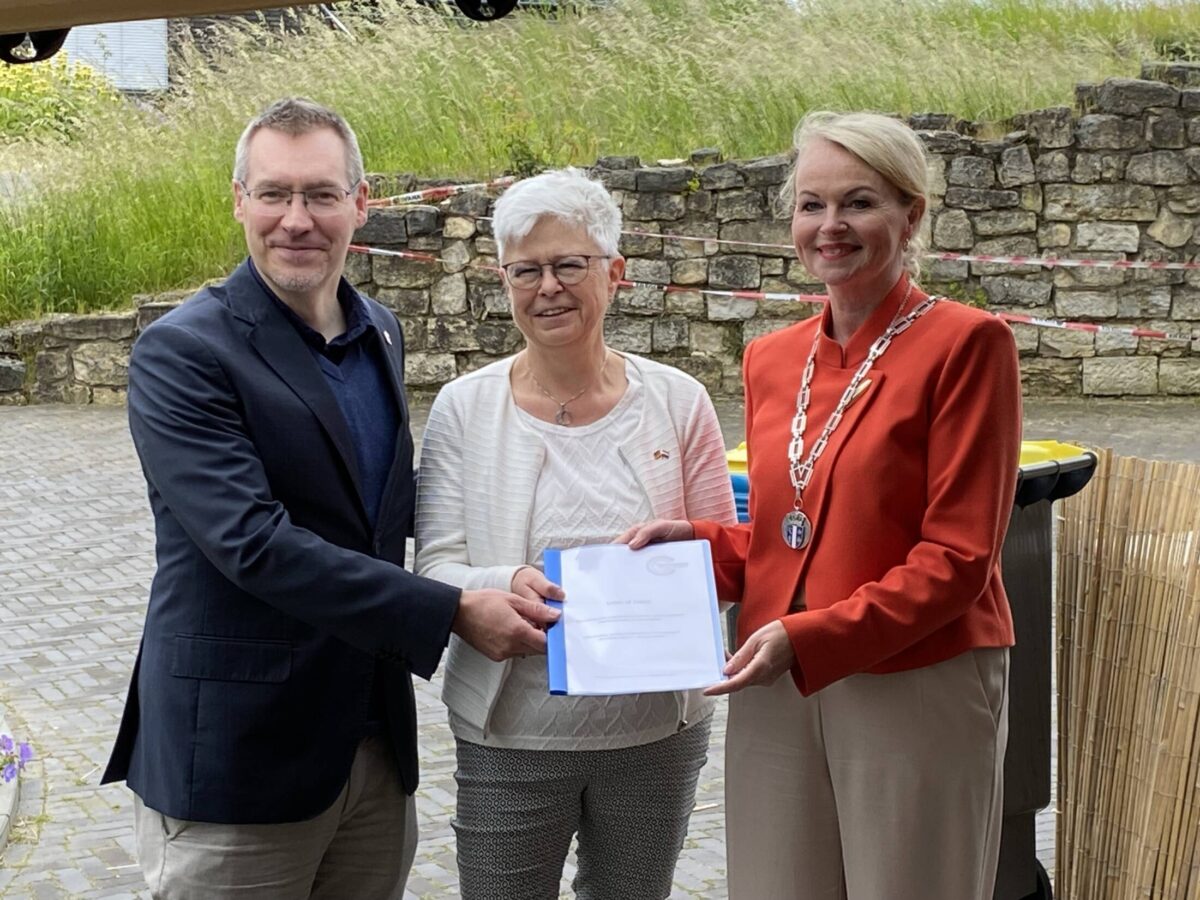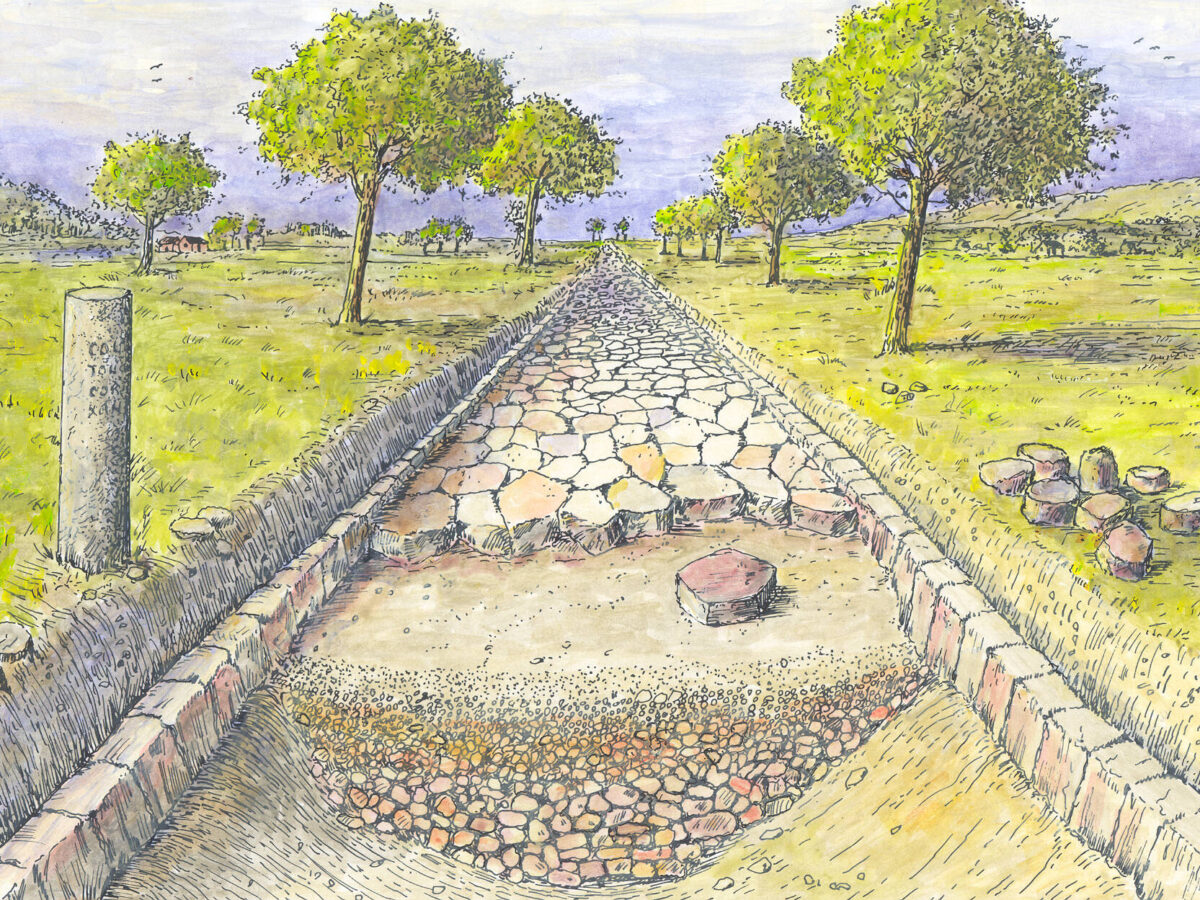Euregio embraces Simpelveld’s initiative for Roman park
Author: Harry Lindelauf
Photography:

The Roman history of the Euregio (Netherlands, Belgium, Germany) deserves a wider audience. The municipality of Simpelveld wants to reach that audience with a cross-border Roman Villa Landscape Park, dedicated to that shared Roman archaeological history.
The Simpelveld idea for a presentation at the place where history actually took place received broad support. So much so that the regional organizations Aachen, German-speaking Belgium, and Parkstad, together with the cities of Aachen, Heerlen, and Vaals, have put their support in writing. At the beginning of June 2024, that document was signed, clearing the way to further develop the idea together.
The working title for the project is Roman villas in the border region. On Dutch territory, this concerns Vlengendaal in Bocholtz. It appears that the Romans were prominently present there: remains of four farms (villa rustica), a road, lime kilns, an ash chest, and a treasure with 700 silver coins have been found here. It is presumed that a Roman cemetery is still hidden in the area, and along Schiltjensweg and Orsbacherweg two more Roman villas (farms) are suspected.
Photo: At the beginning of the 20th century, the remains of a Roman farm were excavated in Vlengendaal. Many elements indicate a typical, luxuriously equipped villa: mosaic floors, marble-covered walls, frescoes, and underfloor heating. There was also a bathhouse.

Exactly on the border
Characteristic of the Euregional nature of the cooperation: exactly on the border between the Netherlands and Germany lies the villa Dellender in Vlengendaal. The remains of the same Roman farm are called villa Butterweide on the German side of the border.
In Roman times, this region knew no borders, and it is precisely that ‘borderless’ character that the municipalities and their regional organizations want to bring back. This is to be achieved through the construction of a Roman Villa Landscape Park with a visitor center and walking and cycling paths that connect to existing networks. There are also plans for the reconstruction of a Roman watchtower. The park will thus become the outdoor branch of the new Roman Museum in Heerlen and of the Roman departments of the museums in Aachen, Tongeren, Cologne, and Liège.
Cooperation with the neighbors
The origin of the park lies in Simpelveld. The municipality wants to use the Roman heritage not only as an expression of the region’s own identity but also to broaden cooperation with its neighbors.
“Now that our German neighbors have been our valued friends for so many years and we seek each other out to work concretely on cross-border projects — for example in the areas of safety, employment, art, and culture — it is obvious to also thematically address our shared Roman past,” said Mayor Susanne Scheepers in mid-June during the opening of the Archeofestival Sempervivetum in Bocholtz.


Solidarity as the greatest asset
There is also an economic reason for the initiative. Simpelveld sees opportunities to attract tourists with a focus on Bocholtz. This is possible thanks to the traces of the Roman past that can be made visible in the landscape, which already invites walking and cycling.
Mayor Susanne Scheepers is very positive about the cooperation:
“Fortunately, we feel the urgency to take up together what historically binds us, namely that shared Roman history, in an appealing tourist project. All with the awareness that increasing our joint tourist attractiveness is inspired by the realization that the whole is more than the sum of its individual qualities. I believe in togetherness, in Gemeinschaft. Only in this way can we face challenges. Our Euregio, regardless of which country you are in, is characterized precisely by this community culture in which mutual connection, solidarity, is our greatest asset.”
Photo: Mayor Susanne Scheepers: “Fortunately, we feel the urgency to take up together what historically binds us, namely that shared Roman history, in an appealing tourist project.”

